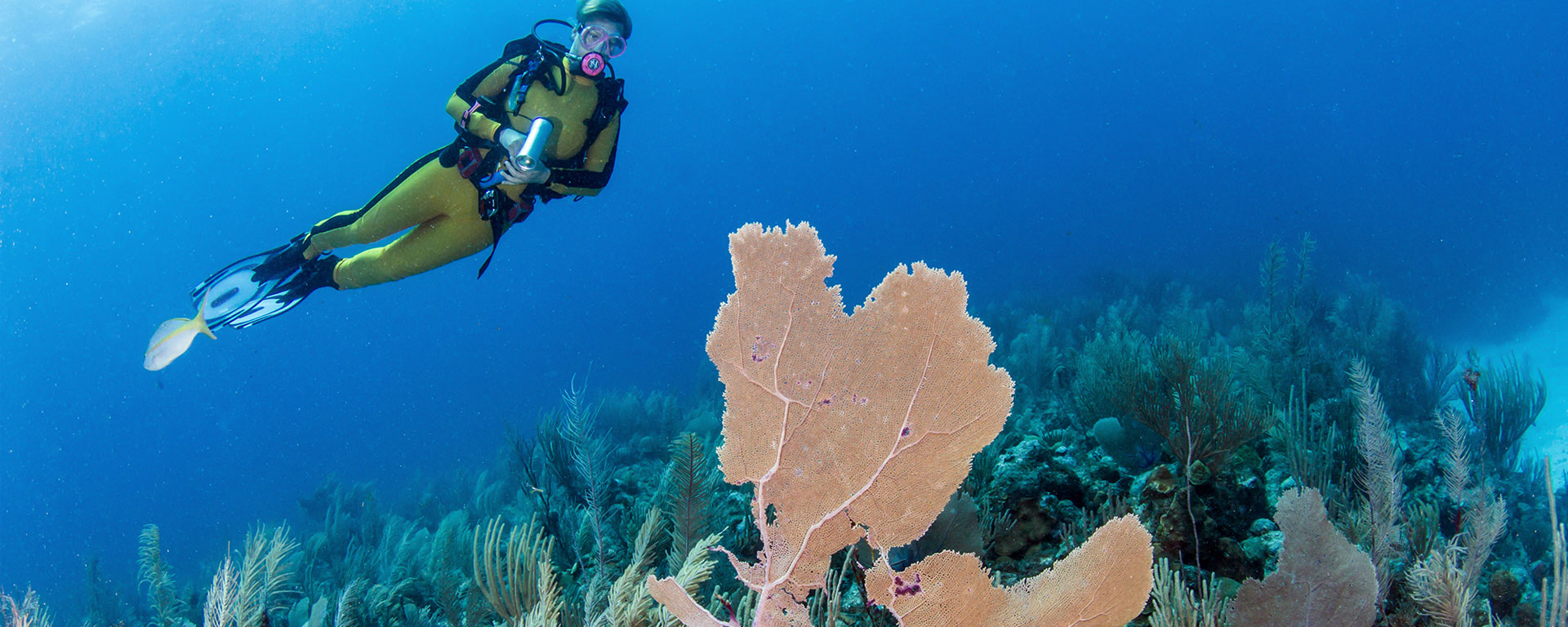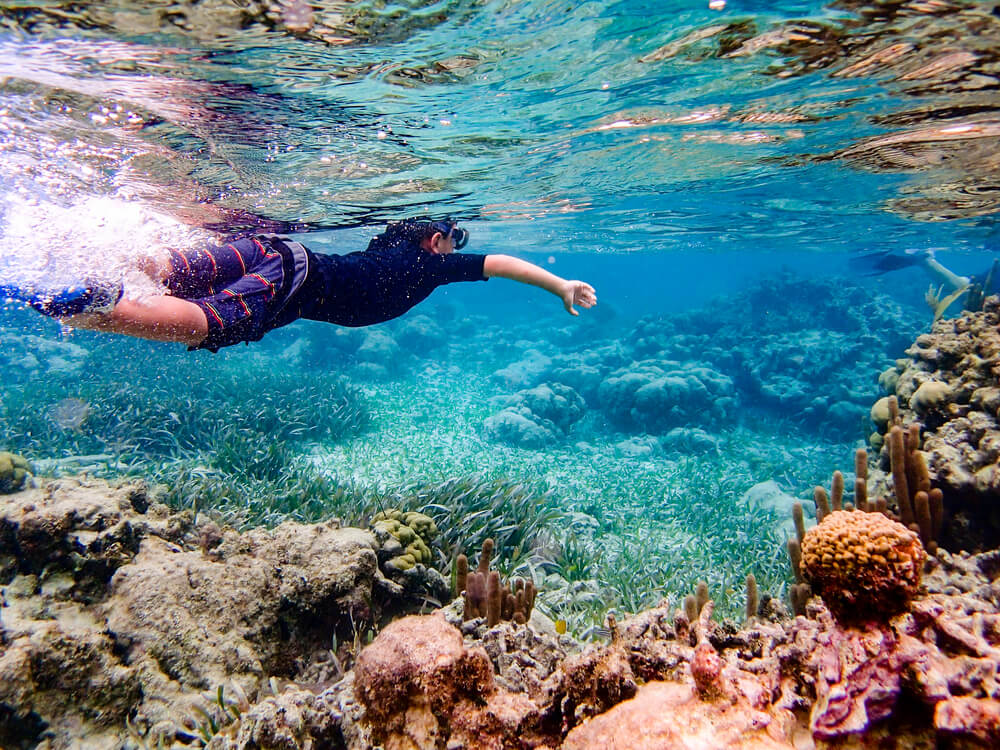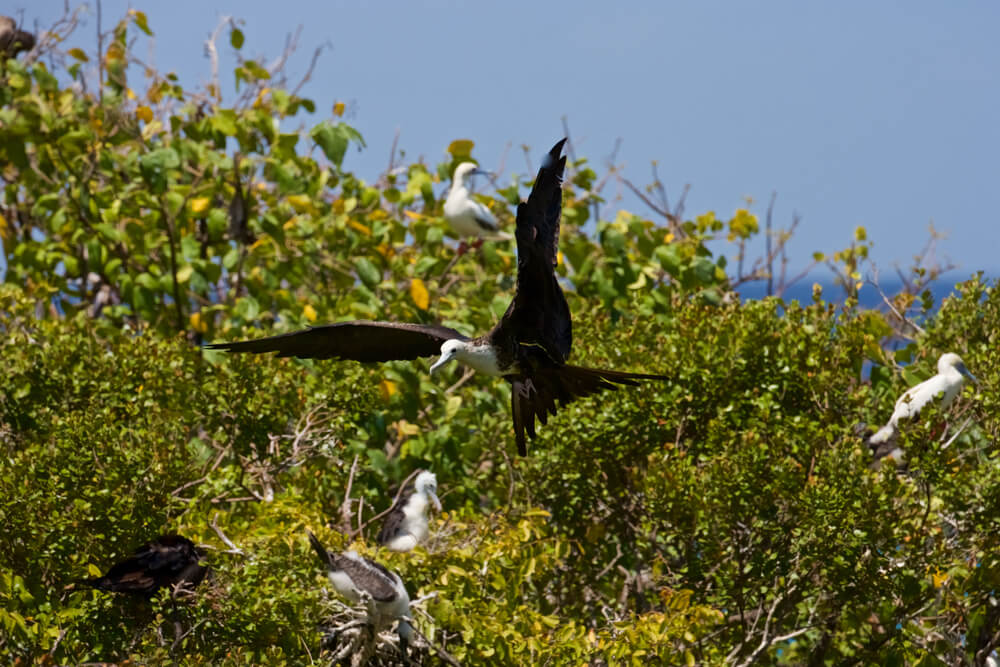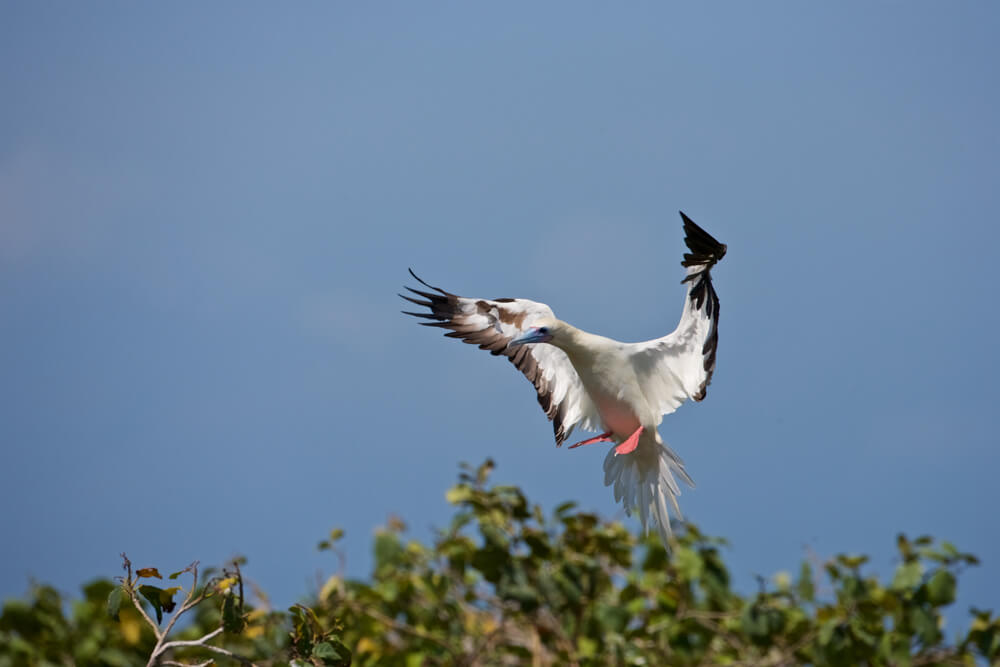When someone as renowned as Charles Darwin claims a destination is ‘the most remarkable reef in the West Indies’ then, frankly, if you’re considering visiting the Caribbean, you surely must also consider visiting the reef in question. Darwin may have made that assertion in 1842, yet the Belize Barrier Reef, the country’s most visited tourist attraction and a UNESCO World Heritage site, remains somewhere whose natural beauty and diving and snorkelling opportunities are definitely among the greatest in the entire region – not least its most visited and most easterly atoll, Lighthouse Reef Atoll.
Lying 50 miles off the Belize coastline, Lighthouse Reef is the furthest of Belize’s three atolls from its mainland (the other two being Turneffe Atoll and Glover’s Reef) and maybe it’s most famous – and most reputed – as it offers visitors the Great Blue Hole belize diving opportunities, which became well known throughout the world back in the early 1970s thanks to another globally renowned figure, the diver-explorer Jacques Cousteau. All of which meant that, over time, the area became a favourite of visitors to the Belize dive resorts that eventually developed.

Officially referred to as a ‘Natural Monument’ (and, technically speaking, a marine sinkhole), the 124-metre-deep Great Blue Hole holds an air of mystery and wonder for experienced visiting divers; what with its walls adorned with exquisite stalactites and, above, the glorious clear blue water of the reef’s lagoon. No wonder the Discovery Channel has named it one of the ‘10 most amazing places on Earth’.

And, in addition to the attractions of the Great Blue Hole, divers are kept busy at the reef thanks to the Aquarium (an oft favoured diving spot following the Great Blue Hole), the Painted Wall, which is acclaimed for all its fascinating painted tunicates (marine invertebrate animals) and the Cathedral, which lives up to its descriptive name and is famed for its fantastic array of sponges.
Additionally, the island of Half Moon Caye’s particularly popular for all the coral formations to be found in its underwater canyons and its multiple sand flat-based garden eels. And, of course, snorkelling-wise, the reef never disappoints, with its shallows affording great opportunities for those who are adherents of this alternative to diving.
However, the reef’s about far more than diving and snorkelling. The flora and fauna of the area, which includes several uninhabited islands (in addition to Half Moon Caye, there’s Long Caye, Northern Caye, Sandbore Caye, Saddle Caye and Hat Caye), is a hotbed of bright and bold colour, beauty and all-round diversity for all visitors to relish.

Here then you’ll likely come across native species including the magnificent frigatebird and the red-footed booby (a bird of which there’s at least 4,000), as well as many fish; such as the blue chromis, the blackcap basslet, the bicolor damselfish, the brown chromis, the yellowtail snapper, the bluehead wrasse, the royal gramma, the masked goby and the sunshine chromis. Meanwhile, there’s endangered animals too; American crocodiles, three sea turtle species (hawksbills, loggerheads and green sea turtles), leaf-toed geckos and anoles (sea lizards).

All in all then, for those captivated by fascinating flora and fauna and outstanding Caribbean diving and snorkelling, there’s simply no reason not to make a beeline for the Lighthouse Reef Atoll.


Copyright © 2024 Itza Resort – Long Caye, Lighthouse Reef Atoll -:- www.itzaresort.com – Belize Dive Resort -:- Sitemap